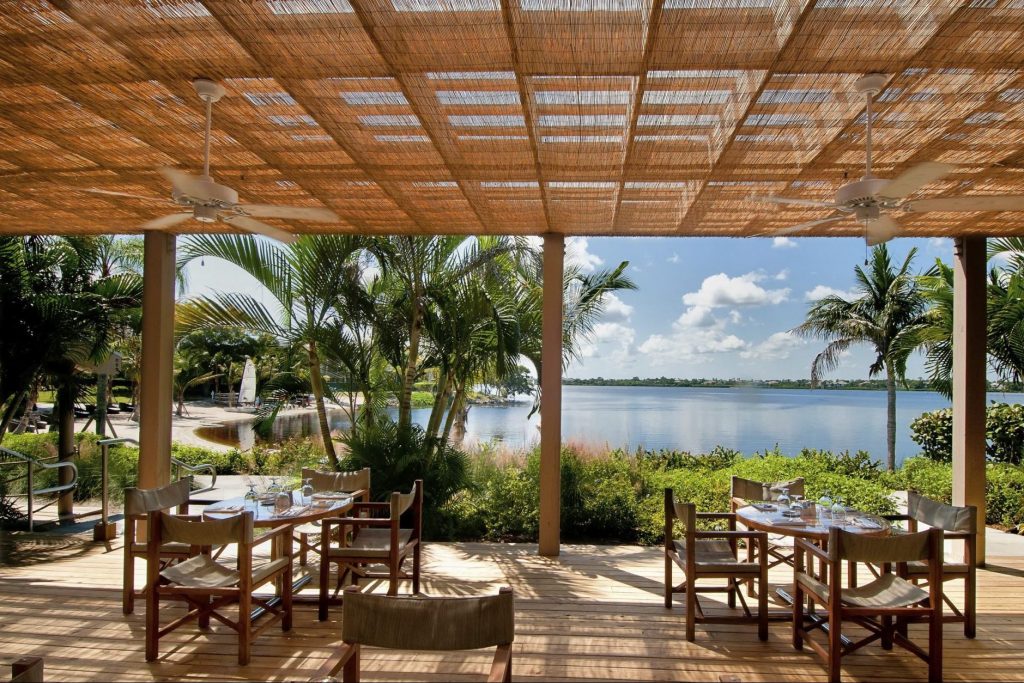Early Recovery for Resorts Will Be Beholden to Last-Minute Bookings: Club Med’s North America CEO

Skift Take
All eyes are on Asia's hotel recovery, as Club Med's North American and Caribbean division waits to reopen resorts to (hopefully) pent-up travel demand.
When Club Med named Carolyne Doyon as president and CEO of its North American and Caribbean business division in 2019, the plan was to grow her sector 30 percent by 2021. While that development pipeline is largely still intact, coronavirus has pushed health and safety to the forefront of Doyon’s daily work.
Club Med has reopened three of its properties in China, as Asian countries begin to see a recovery from coronavirus shutdowns. Many of the new health and safety standards at the Asian resorts will be enacted in North America when it is time to move ahead with reopenings, Doyon said Wednesday in an interview with Skift. Doyon, who has been with the company since 2008, also highlighted how the guest experience will change when travelers return and how she expects the travel industry to bounce back.
Note: This interview has been edited and condensed for clarity.
Get the Latest on Coronavirus and the Travel Industry on Skift's Liveblog
Skift: What are some of the new policies being implemented at Club Med locations in China and Asia, and do you expect all of these to be utilized at North American locations? [caption id="attachment_389136" align="alignleft" width="200"] Club Med President and CEO of North America and the Caribbean Carolyne Doyon[/caption] Doyon: It should be no surprise that safety and hygiene will be the two biggest factors when travel resumes and guests choose a travel destination. Our number one goal is to observe all gu